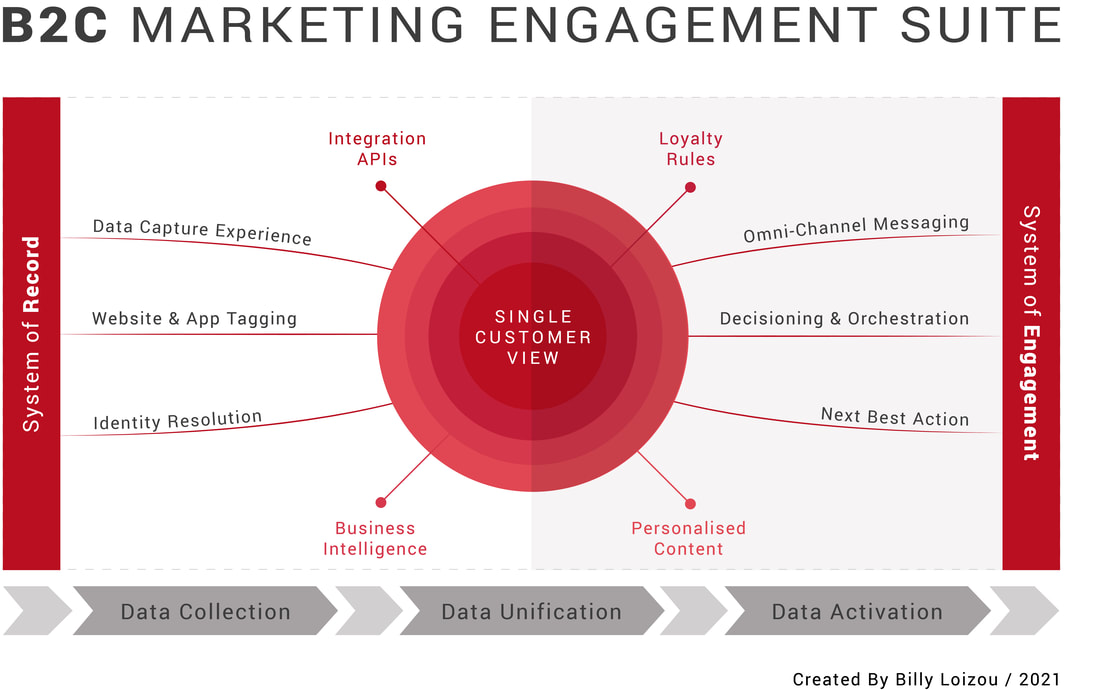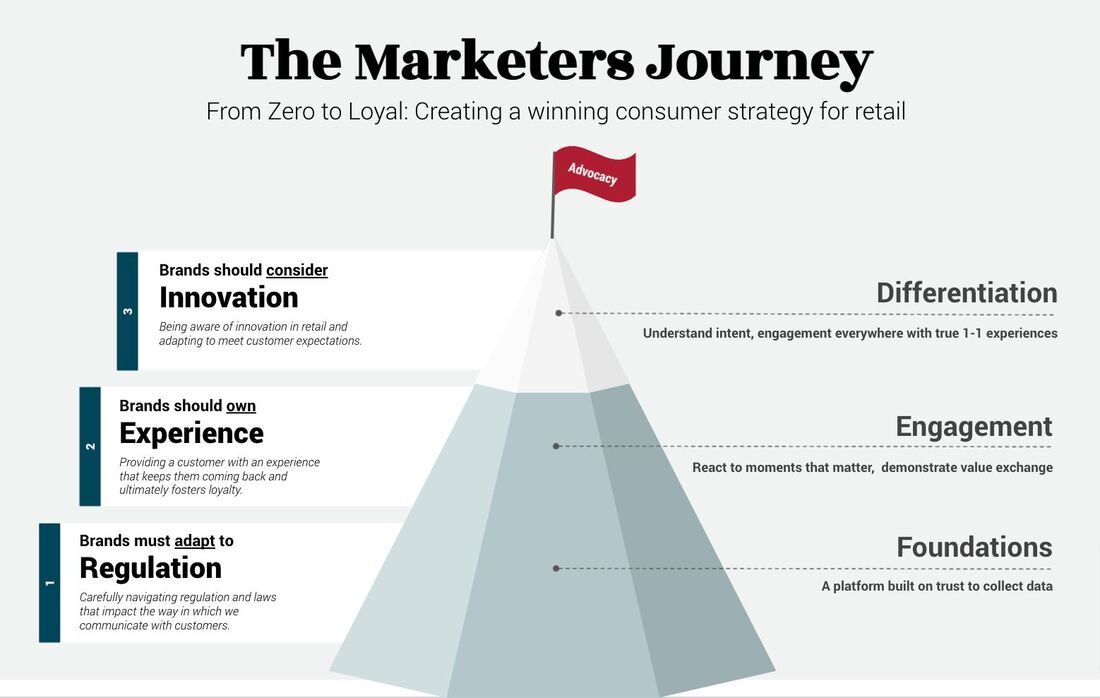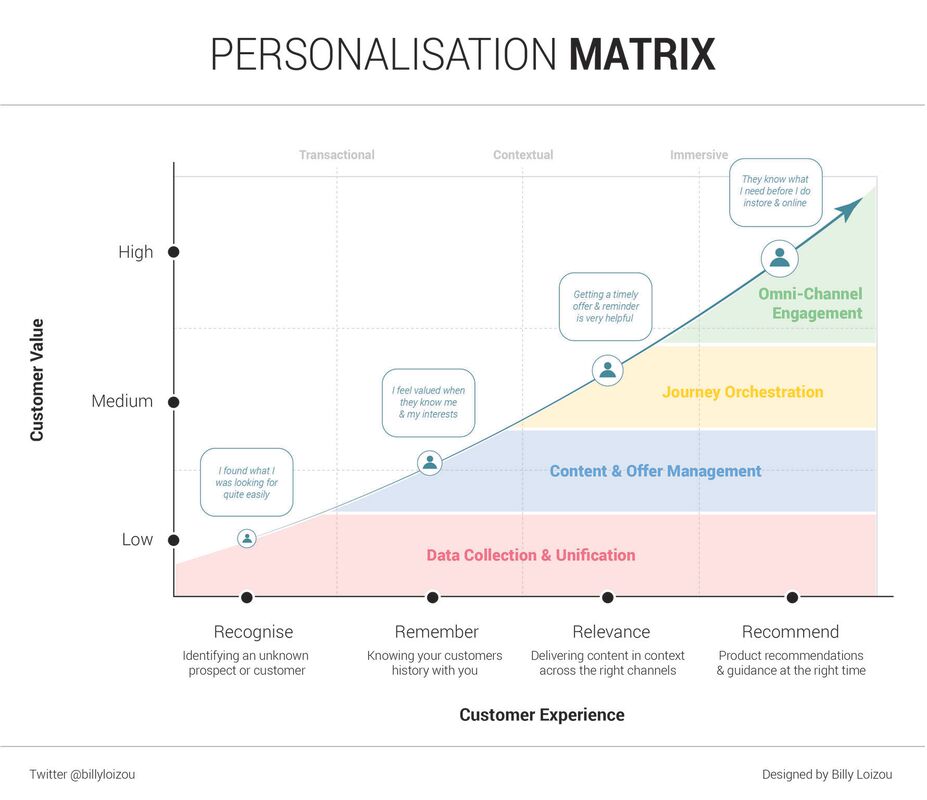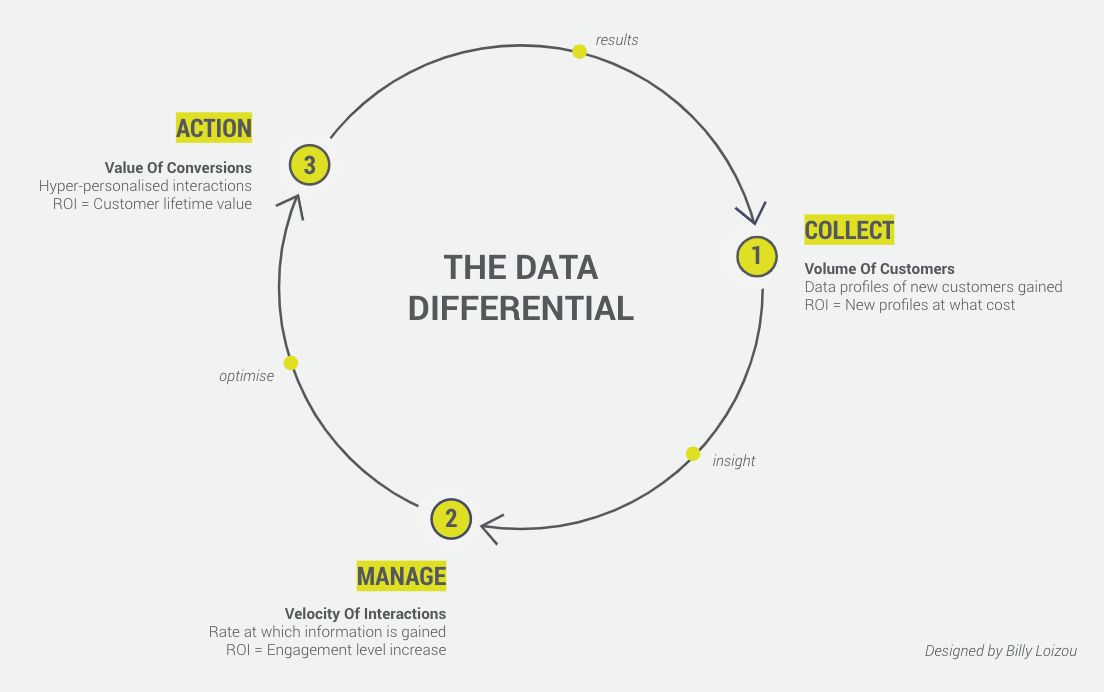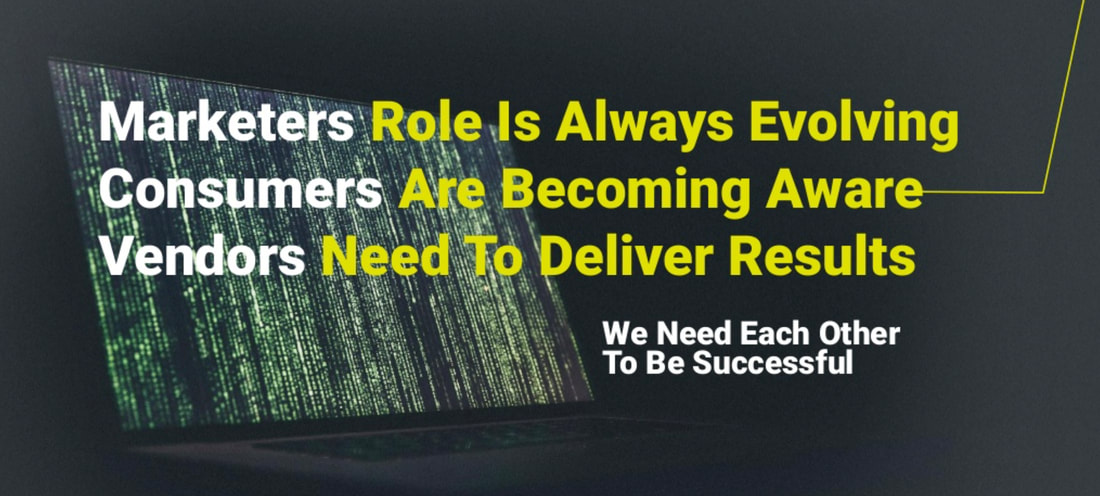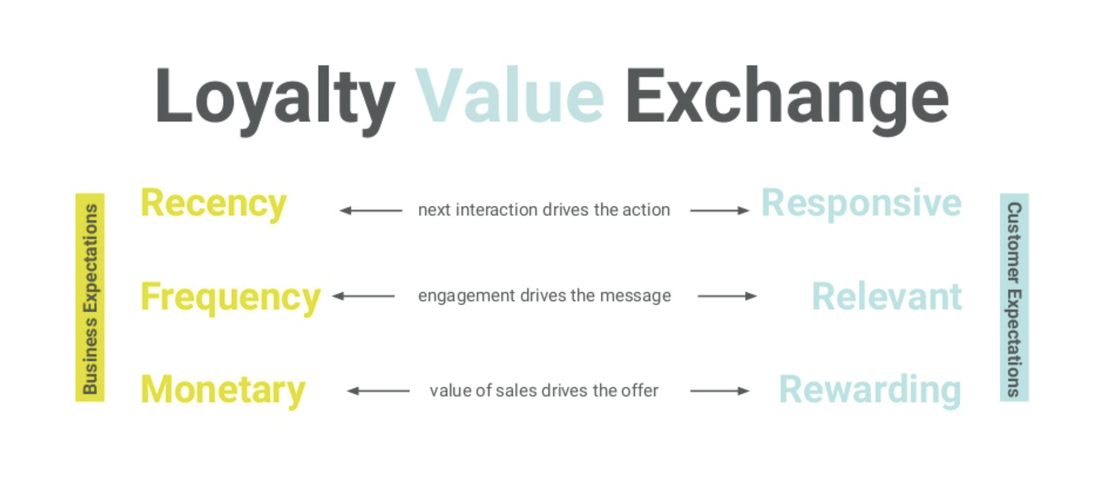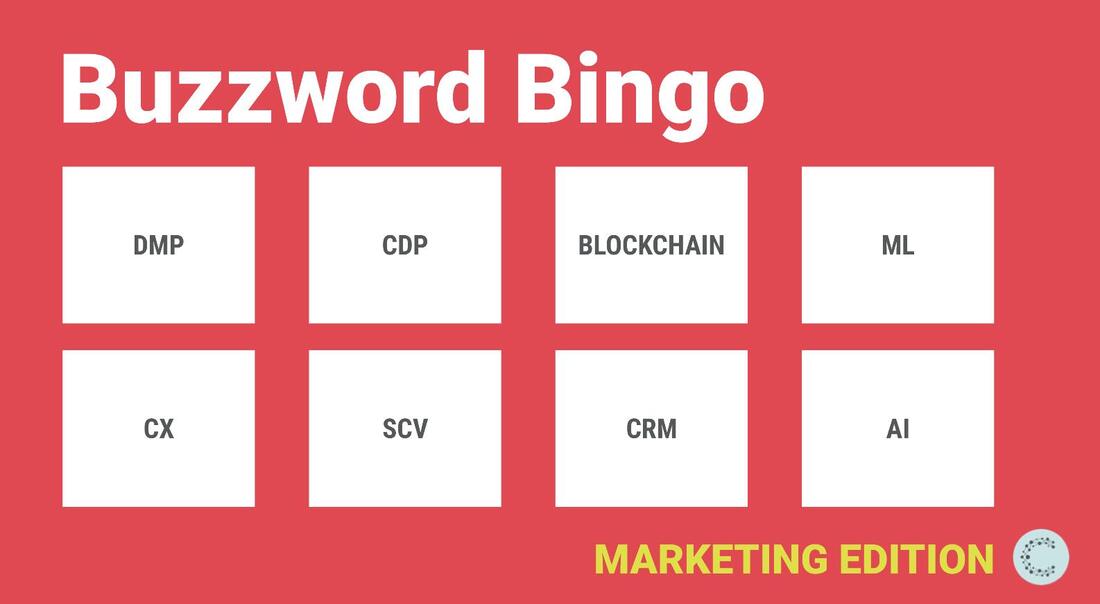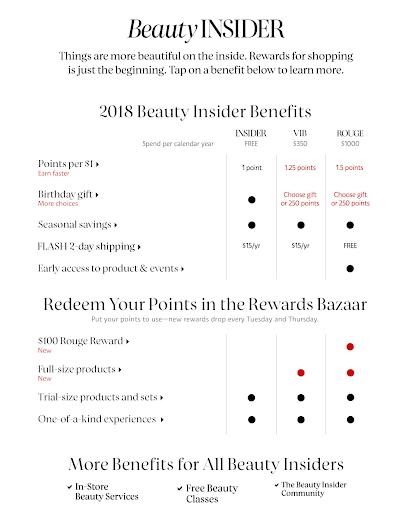I believe what has changed the landscape for marketers today are two key capabilities:
1) Identity Resolution - being able to connect multiple sources of data to a single profile, helping you create a system of record.
2) Headless Personalisation - being able to create content such as offers/products which can be inserted into any customer touch point, allowing you to scale how you communicate to your customers via your system of engagement.
Both of these capabilities are part of today’s headlines which read “how do I get more value out of our marketing cloud investment?” or “do we need a CDP?”

